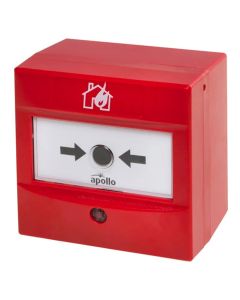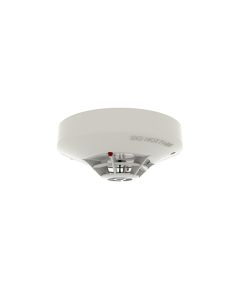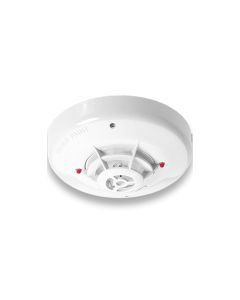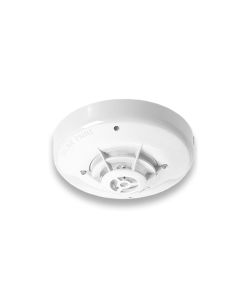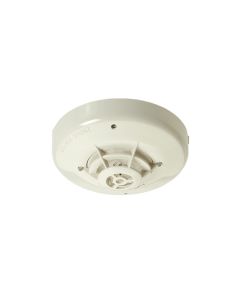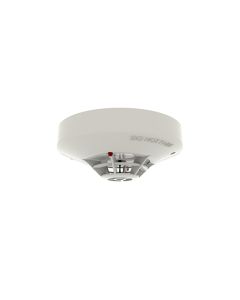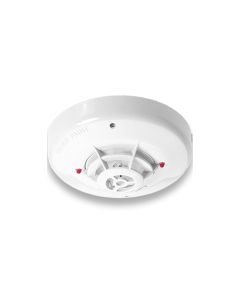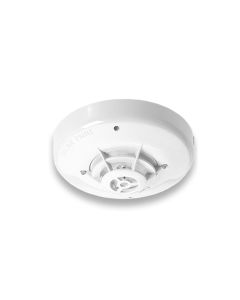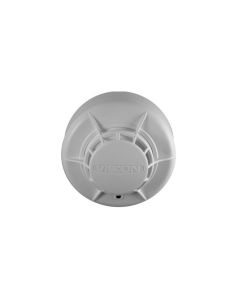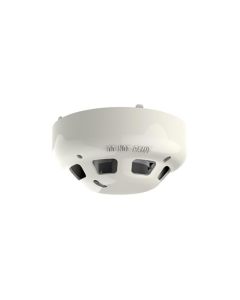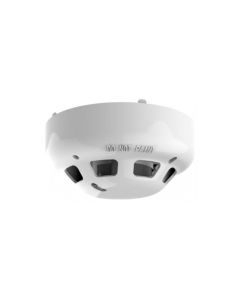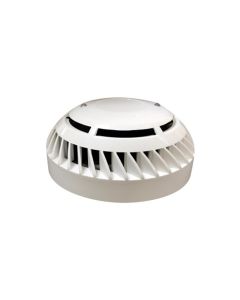These systems operate on a zonal basis, meaning they provide alerts based on general areas rather than pinpointing the exact device location. This makes them particularly suited to smaller or medium-sized facilities, such as offices, schools, retail stores, and residential complexes, where the primary focus is on effective fire protection rather than complex system requirements.
At Firesense, we provide a wide selection of conventional fire systems and components from top manufacturers, ensuring that each system meets stringent UK and international fire safety standards. Conventional fire systems provide straightforward and robust fire detection, ideal for situations where an efficient and reliable system is needed without the advanced functionality of addressable systems. With Firesense’s expertise and high-quality components, these systems offer dependable protection and compliance.
A conventional fire system operates by dividing a building into several zones, each with its own set of detectors, call points, and alarms. Each zone is wired into the fire alarm control panel independently, which allows the panel to identify the zone where an alarm has been triggered. While this approach doesn’t provide exact location information, it offers a practical and effective way to alert building occupants and emergency responders about the presence and general location of a fire.
For instance, when smoke or heat is detected in a specific area, the control panel will display the relevant zone, enabling quick identification of the affected section of the building. This type of zonal alert is particularly effective in buildings where a rapid, full-scale evacuation is feasible, and where detailed location data isn’t essential. The simplicity of the zonal approach also makes conventional systems easy to install, maintain, and operate, making them a popular choice for smaller facilities.
The main components of a conventional fire system include the fire alarm control panel (FACP), detectors (such as smoke and heat detectors), manual call points, and sounders or visual alarm devices. The fire alarm control panel serves as the system’s command centre, displaying the status of each zone and providing both visual and audible alerts in the event of an alarm activation. It allows building managers and emergency personnel to quickly see which zone is affected and respond accordingly.
Detectors in a conventional system are generally divided into smoke and heat detectors. Smoke detectors are particularly effective in detecting particles in the air caused by smoke, while heat detectors respond to sudden rises in temperature, making them suitable for areas like kitchens or garages. Each detector is connected to a specific zone, enabling the system to monitor various areas independently and provide clear, zonal alerts when a hazard is detected.
Manual call points are another critical component, allowing occupants to manually trigger the fire alarm if they detect a fire. These call points are strategically placed along escape routes and near exits to ensure easy access during an emergency. When a manual call point is activated, the fire control panel identifies the zone, providing essential information for a swift response.
To alert occupants of a fire, conventional systems rely on sounders and visual alarm devices (VADs). Sounders emit loud alarm tones to alert people within the building, while visual alarm devices use flashing lights to ensure that occupants, including those with hearing impairments, are made aware of the emergency. Sounders and VADs can be activated across the affected zone, ensuring a clear and effective evacuation process.
One of the primary advantages of conventional fire systems is their cost-effectiveness. Compared to addressable systems, conventional systems offer a more affordable solution, ideal for smaller buildings with simpler fire safety needs. By providing effective fire detection without the need for individual device monitoring, these systems offer an economical and practical solution for facilities on a budget.
The simplicity of conventional fire systems also means they are easier to install and operate, as the zonal wiring setup reduces complexity. Building managers and occupants can quickly understand and respond to alarms without needing extensive training. This ease of use makes conventional systems especially valuable for environments where simplicity and straightforward functionality are priorities.
Conventional fire systems are also highly reliable, with durable components that deliver consistent performance. Built for a range of environments, these systems are designed to function effectively in various conditions, offering dependable protection for small to medium-sized buildings. Additionally, while these systems don’t provide specific device locations, they offer clear zonal information that is sufficient for many emergency response scenarios.
Though conventional fire systems are typically suited to smaller applications, they can be scaled to accommodate additional zones or devices if the building’s layout changes or expands. Firesense offers a range of compatible components, ensuring that conventional systems can be adapted to meet evolving fire safety needs as the facility grows or undergoes modifications.
Choosing Firesense for your conventional fire system means gaining access to a team with years of expertise in fire safety solutions. We offer comprehensive support, from helping clients select the right system and components to providing guidance on installation and ongoing maintenance. Our after-sales support includes maintenance advice and access to certified technicians for routine checks, troubleshooting, and repairs. Regular maintenance is crucial for ensuring that conventional systems remain operational and compliant, and Firesense is committed to supporting clients in keeping their systems in top condition.
A conventional fire system is a practical and effective solution for fire protection, offering dependable zonal alerts and ease of use. With straightforward installation, reliable performance, and clear visual and audible alerts, conventional systems are an ideal choice for many smaller facilities looking for efficient fire detection without complex requirements. Explore our range of conventional fire systems at Firesense, and let our experienced team help you choose the best fire detection and alarm solution for your building. With Firesense, you can be confident in a system that provides reliable fire protection, ensuring the safety of your building and occupants.

